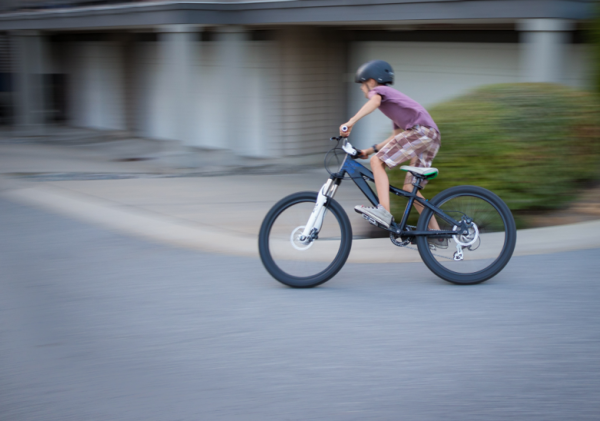
Helmet and Head Safety
Keeping your child’s head safe is very important. Even though, the children heads and brains are smaller, the entire infant skull is composed of numerous pieces that are essentially softer than the adult. Kids’ brains are organized differently than those of adults. It is definitely not a mini adult skull. Children fall and hit their head more often than the adults. This is one of the main reason for the children and teenagers end up in hospital.
Do you know? Not only is the infant skull less strong than the adult skull, but the areas where they skull bones come together (“bone sutures”) are also less strong.
Motorcycle helmets and bike helmets lessen the impact of hard surfaces that hit the head during a bike or motorcycle accident.
How helmets work to prevent injury? Yes, it does. Laws now require helmets in many areas.
In many cases, a helmet can make all the difference between serious injury and walking away from an accident unharmed.
In general, helmets are designed to:
- help the head slow down more gradually
- spread the impact of a knock or a fall over a larger area
- prevent direct impact to the skull.
- keeps brain and eye sight safe
- stops any external or internal bleeding and injury
The right helmet can protect against head injury in the following sports and activities:
1. Skiing and snowboarding.
2. Playing contact sports, such as lacrosse, ice hockey, football
3. Riding a skateboard, scooter, or in-line skates
4. Batting or running on the bases during baseball or softball games
5. Riding a horse
6. Riding a bike
7. Sledding, skiing, or snowboarding
These are not the only sports that may benefit from helmet use. Many more activities see far fewer injuries when helmets are worn.
Some of the common reasons children (and adults) does not want to wear helmet are:
- Less attractive
- Hair falling and afraid of becoming bald
- Not comfortable
- Don’t want other friends and classmates seeing me in helmet
- Nobody else wears helmets
According to Rush University Medical Center, helmets protect the head by absorbing most of the impact energy during a fall or collision, thereby reducing the risk of a serious brain injury or death.
Helmet features that prevent injury:
The materials and shape of the helmet are important features in minimizing the risk of injury.
- Child helmets need ventilation in hot weather, since the foam holds heat in. Toddler heads vary in shape, so pay careful attention to fit. The helmet should sit level on the child’s head, and fit securely with the strap fastened.
- Most helmets use foam or another crushable material. When your head hits something, your skull smacks into the foam and then slows down over a distance of a few centimeters. When the impact is over, the foam has deformed, but the skull and brain are much better off.
- The shape of helmets has changed to improve fit and stability. Without a good fit, helmets do not work. If you or your child tried wearing a helmet previously, only to give it up because the helmet was uncomfortable or would not stay on, try adjusting the straps and padding or using a different helmet.
Types of helmets
Most sports have their own helmet design. Children should wear the right helmet for their activity: it is not safe, for example, to wear a bicycle helmet to play hockey or vice versa.
Despite differences in design, there are two broad categories of helmets for non-motorized sports:
1. single-impact helmets
2. multi-impact helmets
Single- Impact Helmets:
- Absorb impact with an inner stiff foam material of the helmet.
- This foam does not bounce back after impact.
- This means that the helmet must be replaced after a single impact.
Multiple Impact Helmets:
- Any helmets that are designed for sports involving repeated hits are considered multiple impact helmets.
- These helmets absorb impact with soft inner foam that does bounce back after impact.
Remember: Prevention is the best way to protect against head injuries. Your local sporting goods store, sports facility, or bike shop will be able to help make certain the helmet fits properly.
References:
- http://www.helmets.org/childpam.htm
- http://bicyclehabitat.com/articles/wear-a-helmet-pg31.htm
- http://kidshealth.org/en/kids/bike-safety.html
- http://childsafetylink.ca/
Image credit: Photo by Greg Rosenke on Unsplash (Free for commercial use)
Author: Sumana Rao | Posted on: June 3, 2022
« Kids – How to ask adults for help? Easy ways to remove common stains from kids cloth »






















Write a comment